|
If you are thinking about trying yoga or have just begun, there are a few simple things to keep in mind during your first few classes.
1. KEEP YOUR BREATHING CALM As you do different exercises, you may notice that you are holding your breath or grunting. This isn't inherently bad or dangerous, but it illuminates tension and weakness in the body. Try to do each exercise and movement with the breath as smooth and calm as possible. Some practices will be easier than others! 2. IT'S A MARATHON, NOT A SPRINT It is easy to try to do everything perfectly in the first couple classes. But the practice of yoga unfolds over the course of years. Too often, new students work really hard for one or two weeks before burning out and disappearing, never to return. It is better to be calm and gentle in your practice. Let it develop slowly and you will make far more progress. 3. KEEP AN OPEN MIND You may be asked to do things that you've never done before: unusual breathing patterns or body positions. (Luckily, as yoga has become popular more and more people are familiar with the basic practices.) Trying something new always feels awkward, but give it a chance. 4. DON'T DO ANYTHING THAT HURTS At the beginning your body will be stiff, and some of the exercises may be painful. Err on the side of gentleness, especially if you're unsure. The teacher may instruct that the exercise is uncomfortable and that may help you relax. But if you have pain it is best to back off. You will make more progress if you can keep your body and mind relaxed. Over time your strength and flexibility will improve along with your understanding. There is no need to force it at the beginning. 5. ASK THE TEACHER As you go through the class and the teacher asks you to do things you've never done before, there will probably be a lot of questions that pop into your mind. Am I doing this right? My such-and-such hurts, should that be happening? I don't feel anything...? When you are unsure of what you're doing or why, don't be afraid to ask the teacher after class. The teacher is there to help you learn and progress, so they will be happy to help.
13 Comments
There is a common belief in modern yoga that we are all one on the deepest level. It has the impact of making us feel more connected to each other while also empowering us. It comes from a tradition of belief in which the highest element, called Brahman, permeates all forms of existence including ourselves.
But there is a problem when we---ordinary people going about our lives of work and family---take this belief literally and apply it to ourselves. We live in a world ruled by our body and senses: we get hungry, we respond to emails, we watch movies and cute cat videos, we take vacations to warm beaches, we drink alcohol, etc. While the belief that we are all one or I am divine may be true on the essential level of existence, it does not apply to the gross body or the minds (like ours) that are attached to it. It only applies to those beings who, as Ramakrishna said, have "overcome the consciousness of the physical self." Otherwise, "'I am [divine]'---this is not a wholesome attitude...He deceives others and deceives himself as well." The problem is that we associate our self with our body and mind. This association is in our mind, where we imagine our identity and closely relate it to our physical existence. If we then add on the belief that I am divine, the complete meaning is actually My physical existence is divine. The difficult distinction that we must make is recognizing that our true self does not lie in the body or mind. It is this self beyond the physical realm that is referred to in the phrases we are all one and I am divine. Alignment is a buzz word in yoga.
There's a general consensus that alignment is very important. At the same time, there's a shockingly small amount of discussion about what alignment actually means. Sure, we can talk about how our body should look, but is that useful? If we base our postures on what looks nice, does this forsake how the body is put together? Often times, yes. One of the most common forms of approaching alignment is to attempt to put the body into straight lines or perfect circles. We are visual creatures. What looks good is appealing to us. However, when it comes to working with the body, we should realize that we're not necessarily made to be in straight lines or perfect circles. More importantly, we can develop our practice in a profound way if we stop worrying about the visual outcome, and think more about the internal actions. In a physical practice, we should consider something much deeper than what we look like. To approach alignment in this way, we should consider the following:
If we can answer these questions, our understanding of alignment and our physical practice will develop in a profound way. Put your forehead on your knee!
We've all heard this instruction thousands of times. The phrase and its variations have become synonymous with correct practice of "head to knee" postures. The problem is this: the forehead touching the knee should be a result of the correct muscular usage, not the end goal. This may be a surprise, but there is little to no benefit in touching your head to your knee. Unless you are making the argument that the head benefits from its contact with the knee (which it might, due to a nerve plexus or gland), or the knee benefits from its contact with the head, it becomes obvious that the value of the position lies somewhere else, even if the well-known signifier of the posture is the famous "head on the knee." The distinct benefit comes from using the abdominal muscles (rectus abdominis) to bend the spine forward, compressing the organs, glands and intestines; and from forward- bending the neck, compressing the throat. These two foundational elements are then accentuated by what the rest of the body is doing, whether balancing on one leg as in Standing Head to Knee, maintaining external rotation of the opposite hip as in Seated Forehead to Knee, or kneeling as in Rabbit. Sometimes the cue---to put the head on the knee---and the posture work together. Great! The muscles in the neck and abdomen engage, the spine bends forward, the throat and abdominal contents get compressed, and the head touches the knee. But often the instruction and the posture don't work together. Our head may be able to touch the knee without the valuable engagement, bending and compression. We get the end result of the cue, so we think we are benefitting from the posture. But the important parts of the posture are left undone. Those that struggle with "head to knee" poses will get great benefit in finding their abs and contracting them as best they can. Will their head get close enough to touch their knee? Maybe, but maybe not. Those that are stronger should try to get their head closer to their hip than their knee. This will continue to develop their abdominal strength and compression past the point of their head on their knee. "Touch your forehead on your knee" can be a great visual cue. However, as practitioners and teachers, we need to remember cues are attempting to make an action happen in the body. They are not the goal in and of themselves. |
AUTHORSScott & Ida are Yoga Acharyas (Masters of Yoga). They are scholars as well as practitioners of yogic postures, breath control and meditation. They are the head teachers of Ghosh Yoga.
POPULAR- The 113 Postures of Ghosh Yoga
- Make the Hamstrings Strong, Not Long - Understanding Chair Posture - Lock the Knee History - It Doesn't Matter If Your Head Is On Your Knee - Bow Pose (Dhanurasana) - 5 Reasons To Backbend - Origins of Standing Bow - The Traditional Yoga In Bikram's Class - What About the Women?! - Through Bishnu's Eyes - Why Teaching Is Not a Personal Practice Categories
All
Archives
May 2024
|

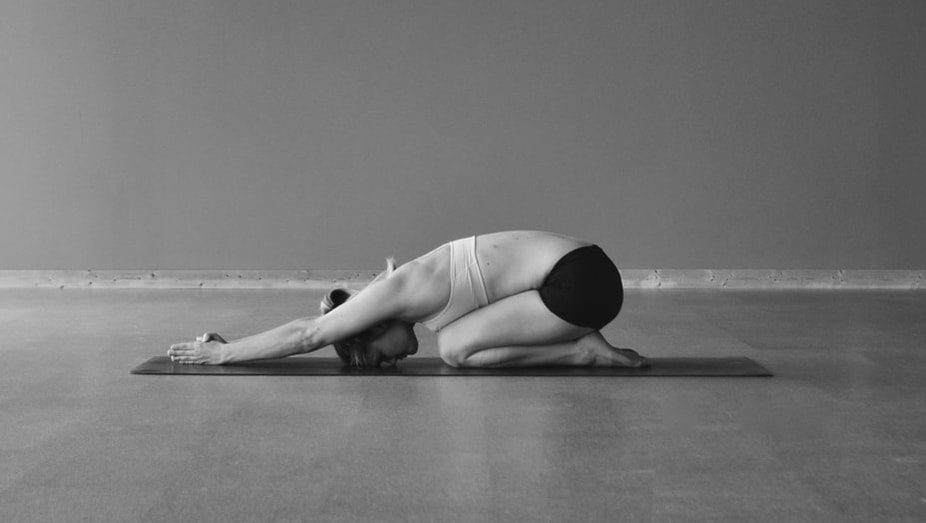
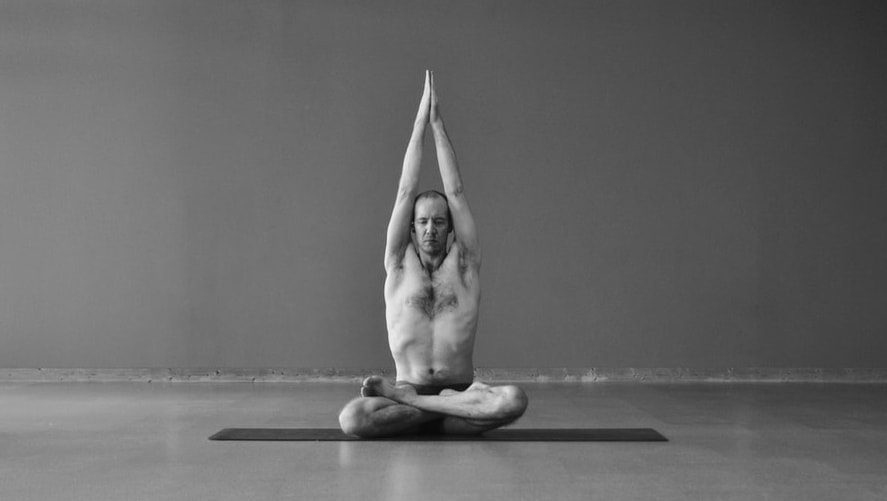
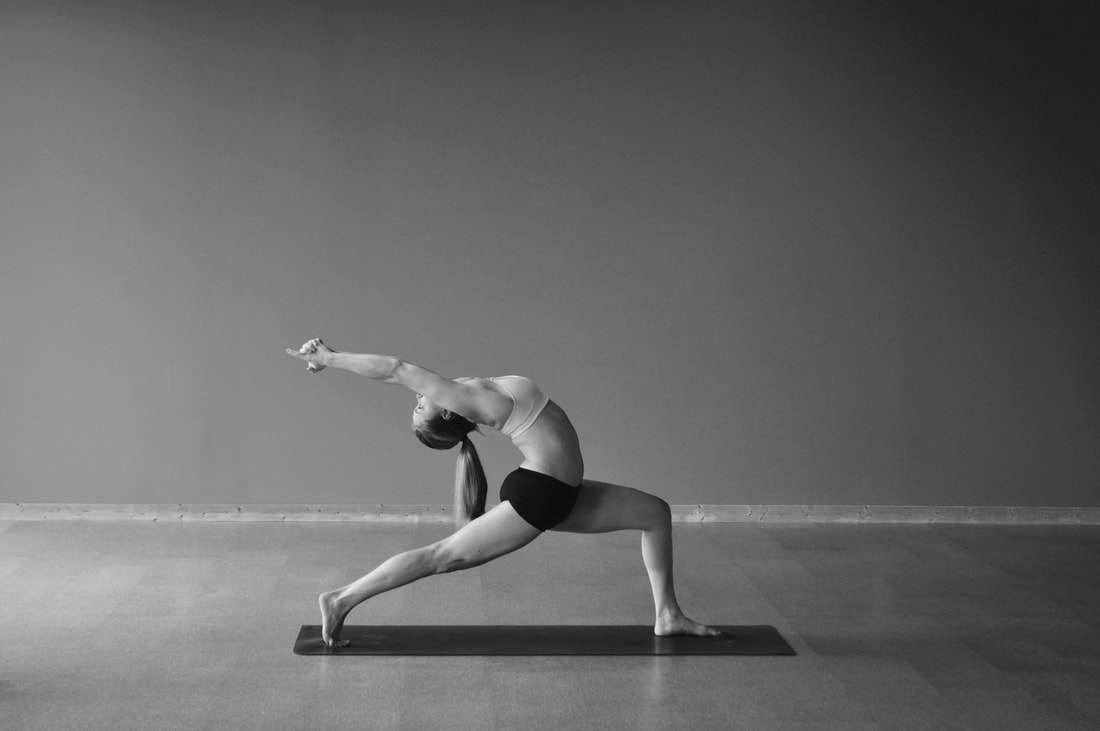
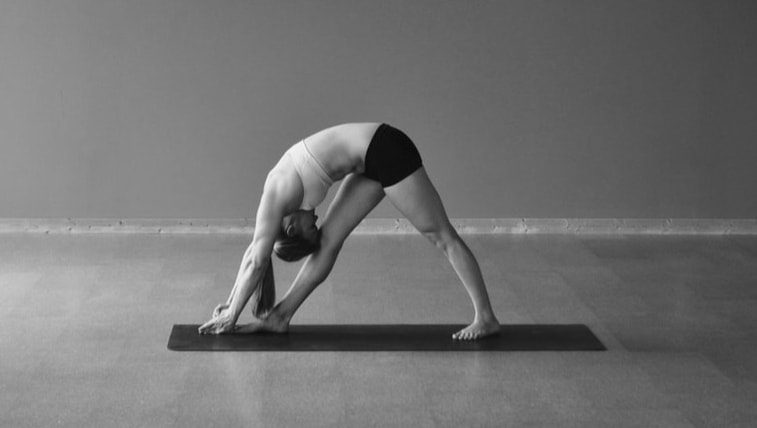
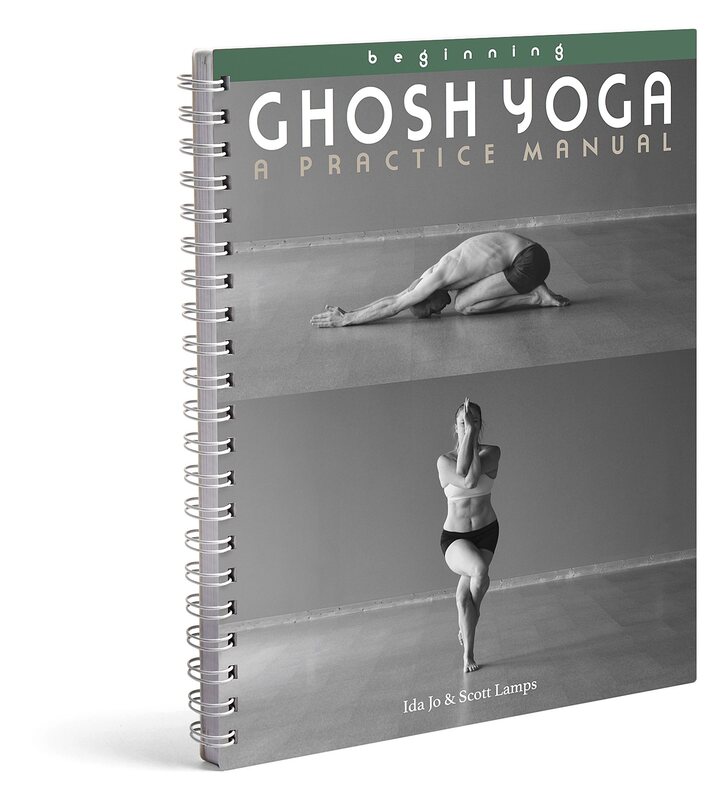
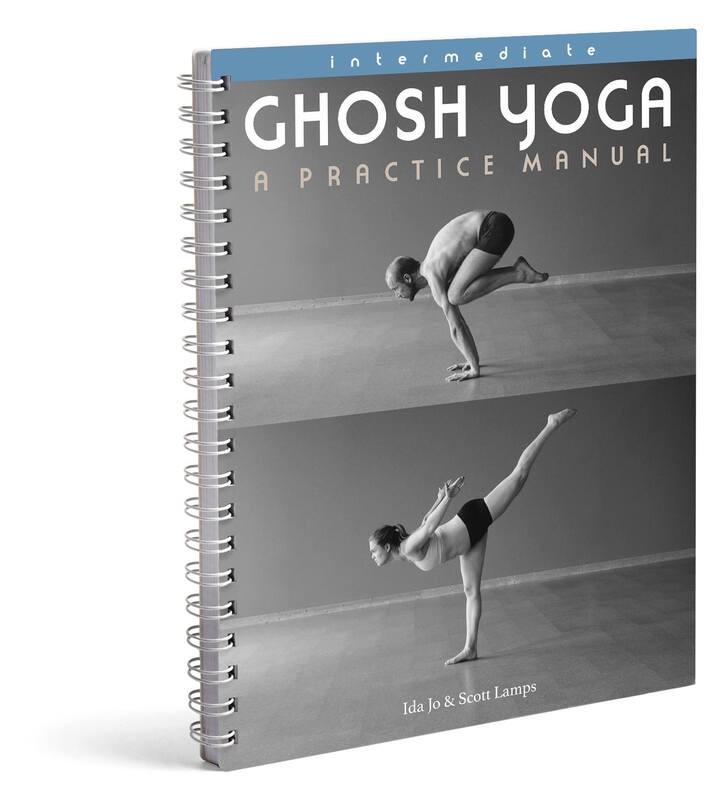
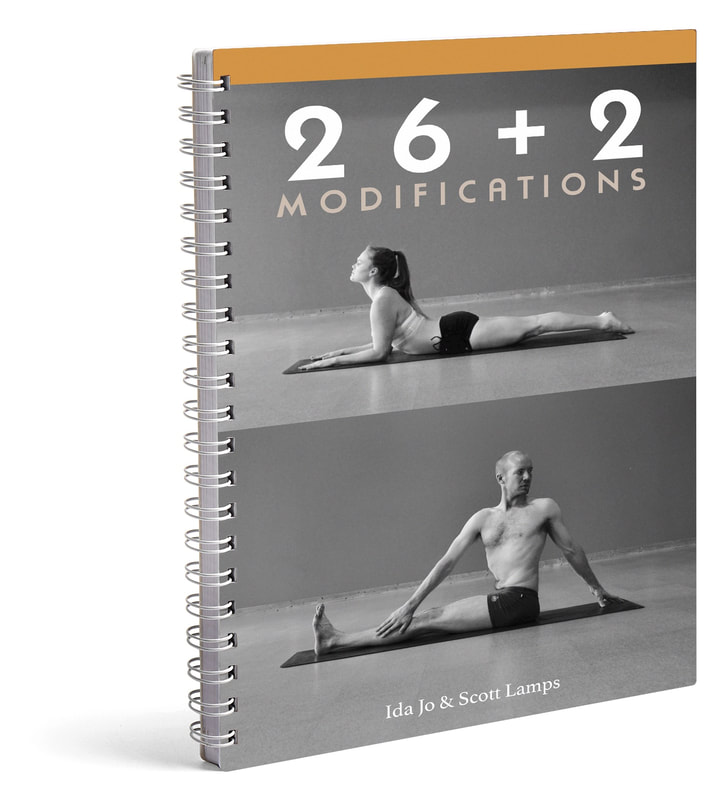
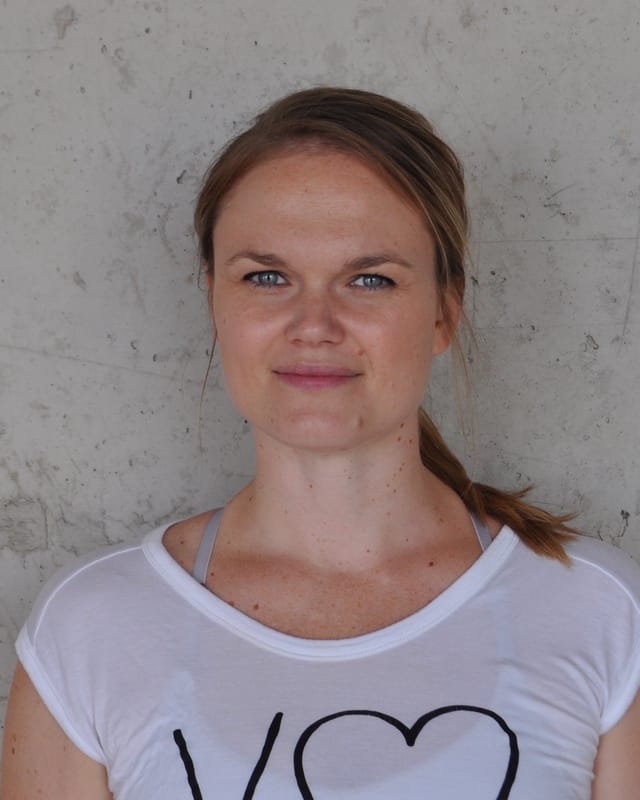

 RSS Feed
RSS Feed